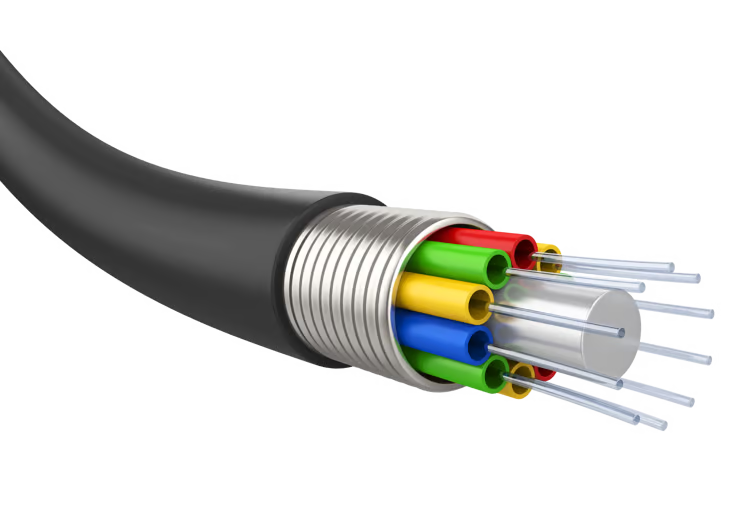No products in the cart.
5 Tips for Future-Proofing Your Fiber Network
Home 5 Tips for Future-Proofing Your Fiber Network
- Home
- Resource Hub
- Millennium Blog
- 5 Tips for Future-Proofing Your Fiber Network
5 Tips For Future-Proofing Your Fiber Network

Future-proofing your fiber network makes it easier for you to handle challenges that come your way, including network issues or managing increased demand for data. Replacing legacy networks now or planning for scalability at the start of your fiber optic build allows you the freedom of easier maintenance, upgrades, or expansions down the road while maintaining subscribership. Considering capacity planning and increased backhaul provides network flexibility that allows you to manage more effectively the growing demand for data from streaming, work from home, and the rise in smart homes.

1/5
Deploy high fiber counts
Choose cables with more fiber strands, such as 288, 432, or 864+ fiber strands. Even if you don’t initially need them all, this provides room for scalability without needing to install new cables in the future. Spend a little more on materials upfront to save a whole lot on labor in the end.
2/5
Consider fiber path diversity
When laying out your fiber routes, aim for diversity in paths to reduce the risk of a single failure point. Use different physical routes or entry points into buildings to ensure failover of network traffic if a fiber cut occurs.


3/5
Plan to scale your network equipment
Choosing network equipment that supports modular upgrades for interfaces and line cards allows you to upgrade and expand capacity. Modular network solutions allow you to increase bandwidth and adapt new protocols without replacing entire systems.
4/5
Consider DWDM
WDM technology enables the transmission of multiple wavelengths (colors) of light through a single fiber strand. ROADM technology significantly enhances the capacity of your current fiber optic cable compared to coarse wavelength division multiplexing (CWDM). With the ever-expanding data requirements, WDM technology becomes increasingly vital for optimizing your existing network and maximizing ROI.


5/5
Plan for emerging applications
Data intensive services such as augmented reality (AR), virtual reality (VR), and 8K or higher video streaming will require significantly higher bandwidth. Designing your network to seamlessly accommodate their data flow will help to future-proof your network.
Author:
DAVID ROBERTS
Broadband Solutions Engineer, Millennium




